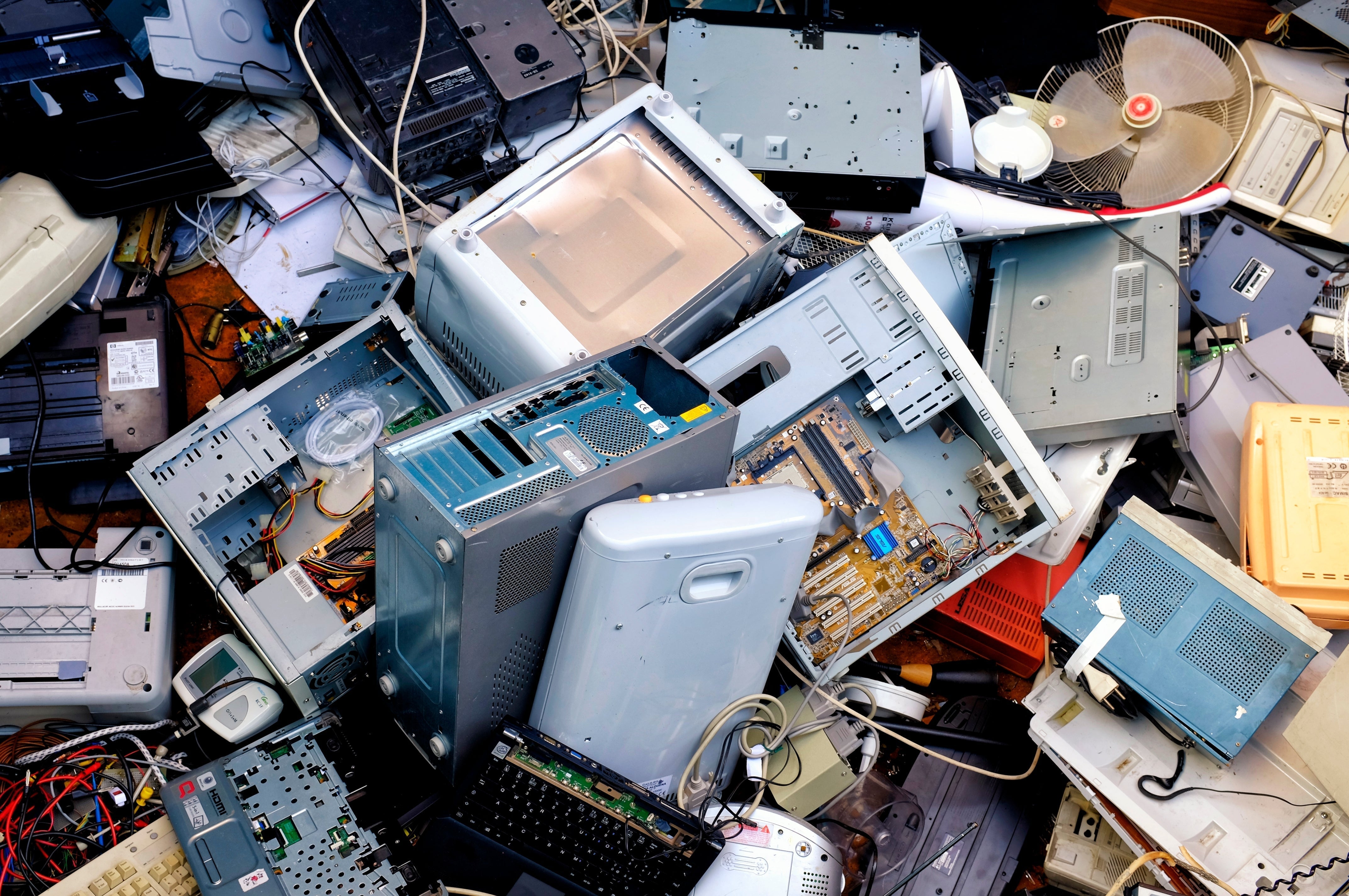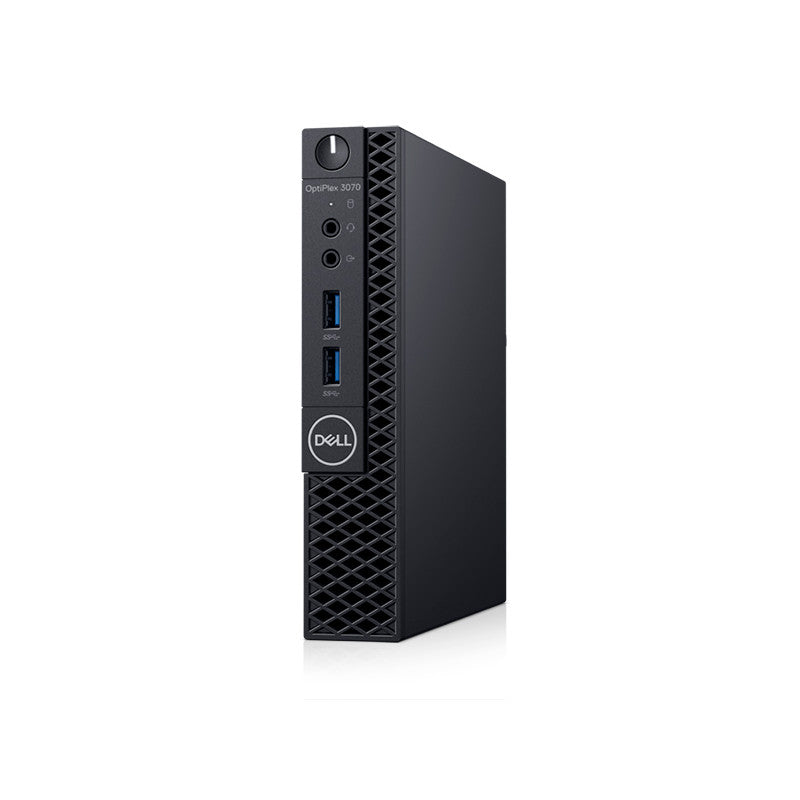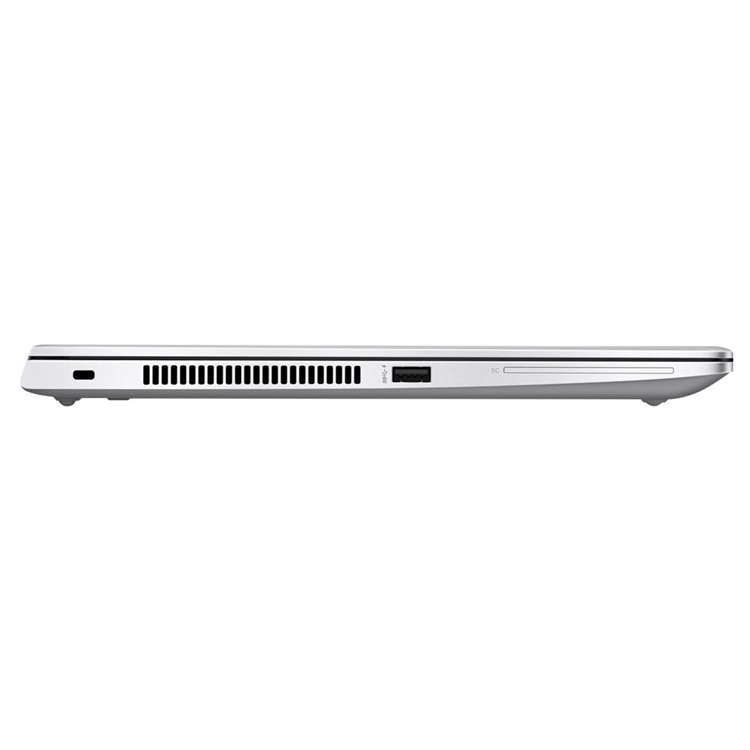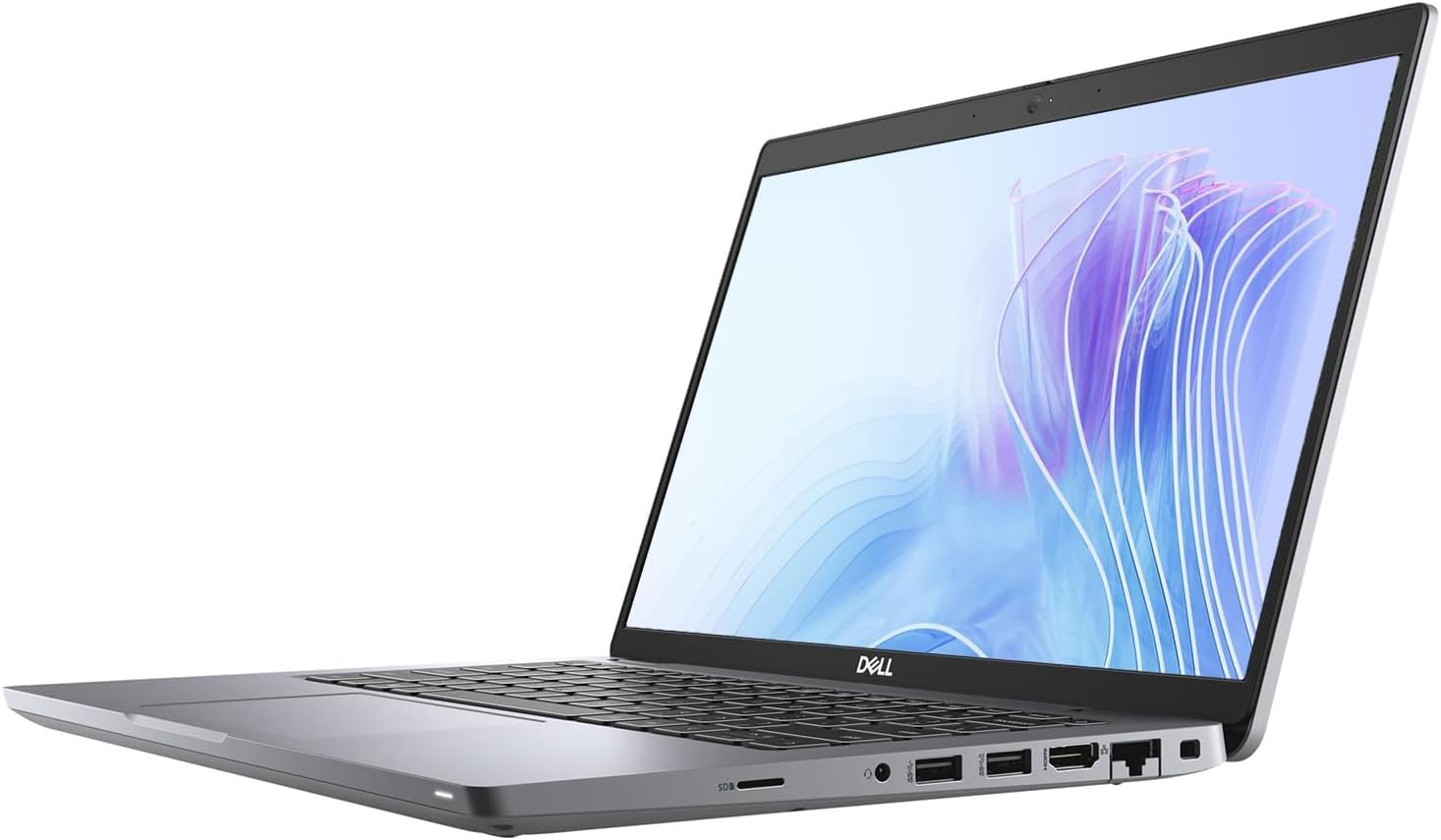In a time of fast technological growth, computer waste has become a major global concern. As electronics become more affordable and innovations continue to push the boundaries, the turnover of gadgets continues to accelerate. This leaves millions of 'outdated devices' subject to premature disposal.
But what exactly is computer waste? It refers to the discarded IT hardware, including computers, peripherals, and accessories, that are no longer useful or functional. Improper disposal of technological waste carries concerning environmental, health, and economic consequences that demand immediate attention.
Breaking Down the Problem
What Contributes to Computer Waste?
Several factors fuel the growing mountain of computer waste, including society's fixation on constant upgrades. Consumerism heavily influences individuals to seek the latest technology, often replacing perfectly functional tech well before their 'end-date'. The pressure of this 'upgrade culture' encourages replacement over repair, driving unnecessary waste.
Technological advancements have also made electronic products more affordable, increasing demand. Consider how many times you've upgraded your mobile phone for the new model. Was your current model still functional? Did you consider the environmental impact? This is a trap that many consumers fall into, particularly with annual upgrades from leading brands.
Some argue that manufacturers sometimes design products with planned obsolescence in mind, making repairs or upgrades difficult. This, along with the widespread lack of awareness about e-waste computer recycling leads to the disposal of millions of devices annually.
The Scale of the Issue
The statistics are staggering: according to the UN, people generated 45 million tonnes of e-waste globally in 2016, which equals 4,500 Eiffel Towers. Tech has only continued to advance since then, and this figure continues to climb. Without effective e-waste management strategies, the problem will likely spiral further out of control.
Environmental and Health Impacts
Improper disposal of computer waste contains hazardous materials such as lead, mercury, and cadmium, which can seep into soil and water systems. When improperly incinerated, these toxins release harmful pollutants into the air or contaminate water supplies. Neglecting computer waste recycling leads to environmental fallout and poses serious health risks to individuals exposed to these toxic substances, especially in regions where informal recycling practices prevail.
What You Can Do: A Practical Guide for Individuals
Rethink Consumption Habits
Consumers play a vital role in addressing computer waste. By opting for repair over replacement, individuals can extend the lifespan of their devices. When purchasing new technology, prioritise modular designs that allow for easy upgrades, enabling devices to evolve with user needs instead of discarding them prematurely.
Recycling, Reusing & Donating
Adopting effective e-waste solutions begins with recycling and reuse initiatives. Communities must embrace policies that promote proper disposal and incentivise recycling programs. The concept of “urban mining” - recovering valuable materials and precious metals from old electronics - highlights the potential of e-waste computer recycling to conserve resources and reduce dependence on raw materials.
As an individual, rather than discarding old computers, consider donating to schools, charities, or refurbishment programs. Many organisations specialise in extending the life of such devices, ensuring they serve a meaningful purpose rather than adding to the e-waste crisis.
Buy Refurbished
One of the most impactful ways to combat computer waste is to buy refurbished devices. Refurbished technology, like that offered by Combro, combines quality and affordability while reducing e-waste. By choosing refurbished products, you contribute to the circular economy and promote sustainable consumption habits.
Advocating for Change
On a larger scale, businesses must step up by designing sustainable products and implementing take-back schemes for old devices. Governments also have a responsibility to strengthen legislation and hold producers accountable for the disposal of the technological waste their products generate.
The Role of Technology in Managing E-Waste Solutions
Innovative Recycling Methods
Emerging technologies are revolutionising e-waste management, enabling the recovery of materials that were previously impossible to extract. However, these methods of disposal of technological waste often require significant resources, emphasising the importance of designing electronics with recycling in mind from the outset.
To curb the negative impact of these recycling methods, tech companies must prioritise using materials that are easier to recycle and offer in-house recycling programs. These computer waste recycling efforts can help close the loop on the lifecycle of electronic devices, ensuring fewer end up as waste.
Collective Responsibility for a Sustainable Future
The growing problem of computer waste demands a unified response. By making small changes in our consumption and disposal habits, we can significantly reduce the impact of e-waste on our planet.
Whether through responsible computer waste recycling, advocating for systemic change in e-waste solutions, or investing in refurbished devices, each of us has a role to play. Together, we can foster a future where sustainability and technology go hand in hand.














